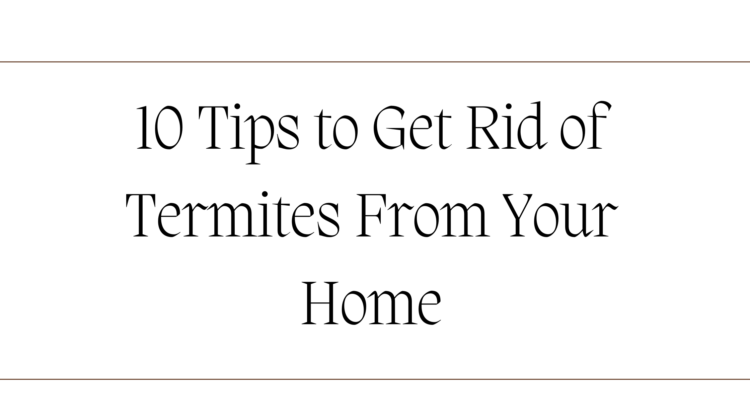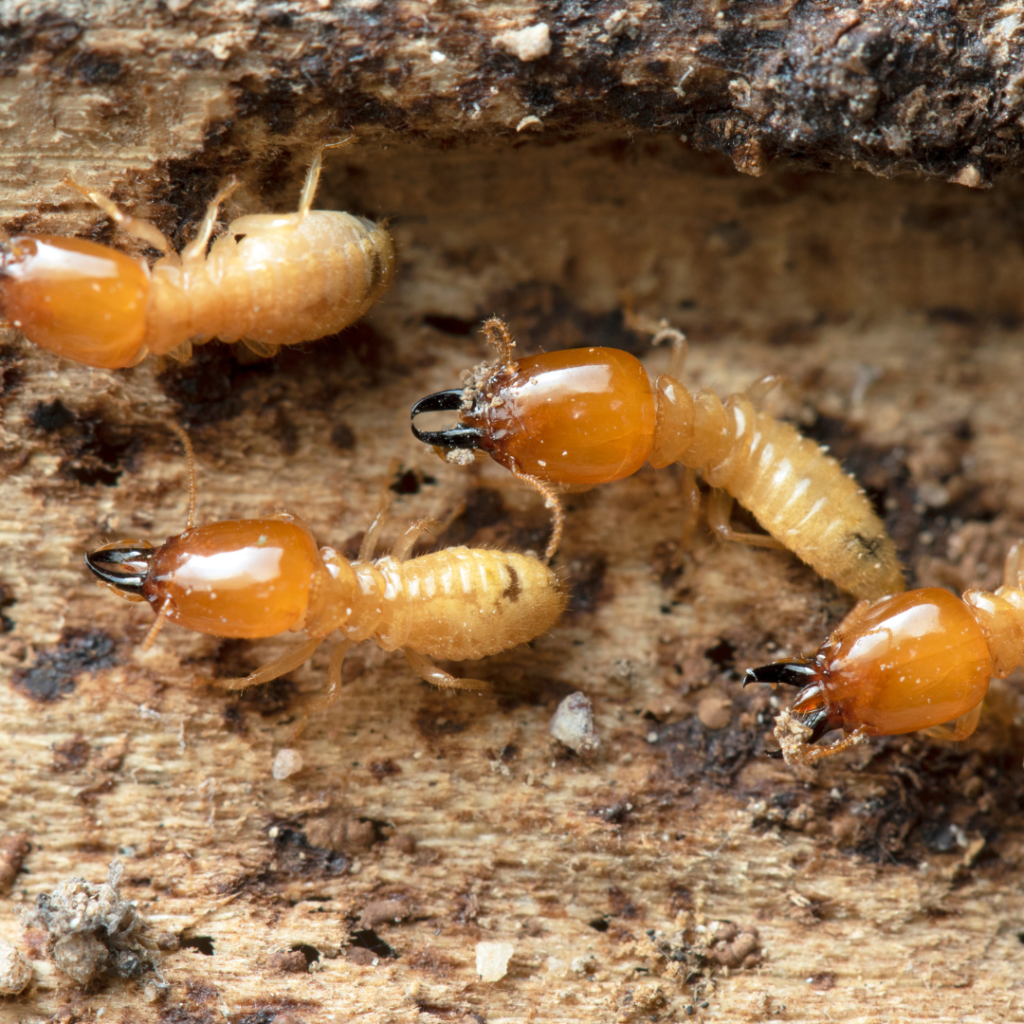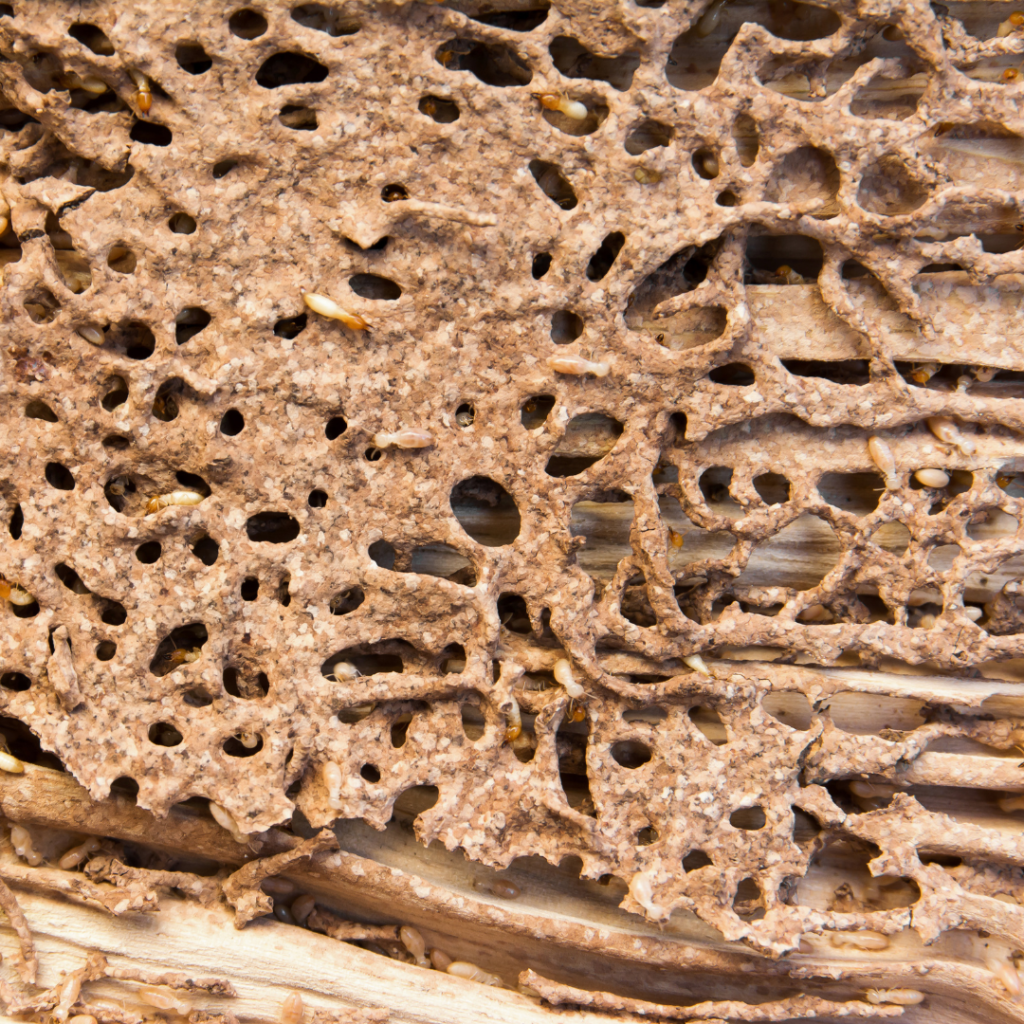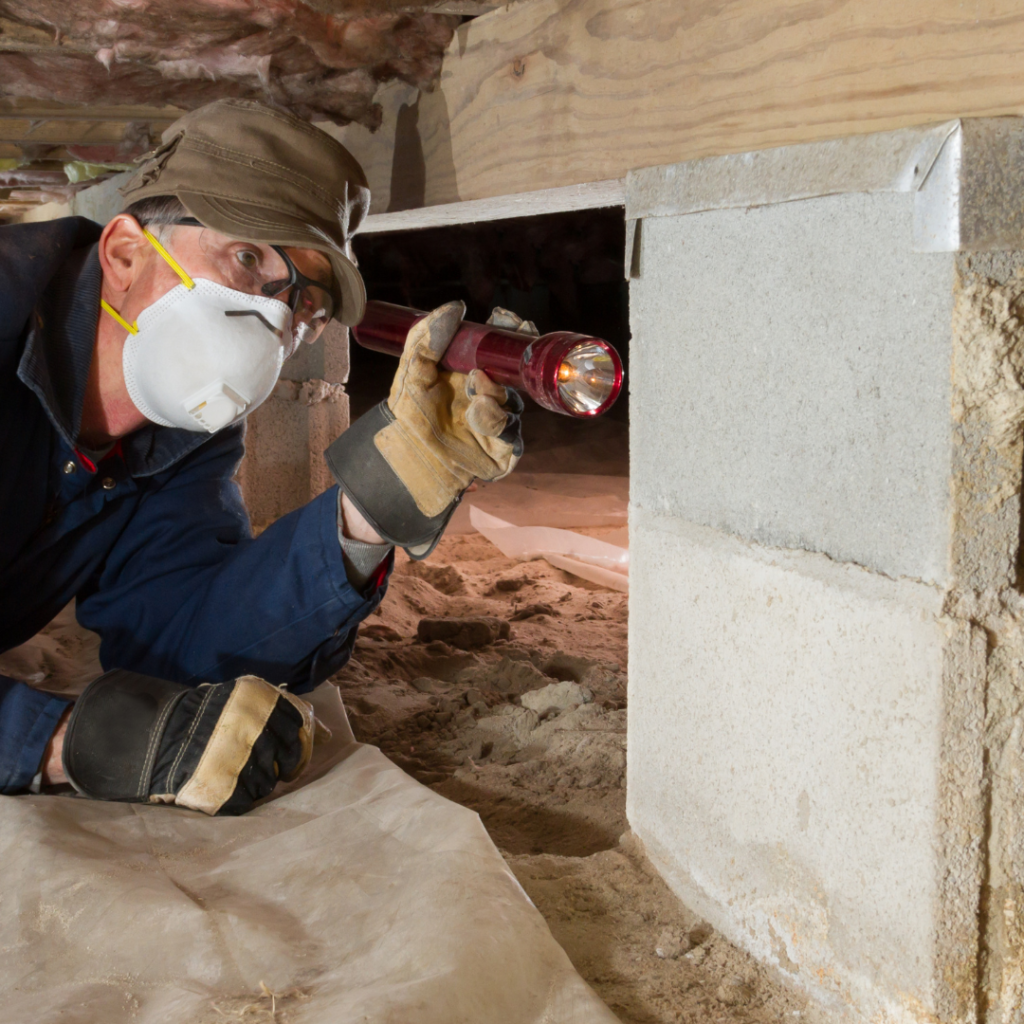
How to Get Rid of Termites from Home? 10 Effective Tips
Termites are also known as “silent destroyers” because they cause severe damage to your home, often without you noticing until the damage is done. These pests weaken the structure of your property by feeding on wood and may lead to costly repairs. Protecting your home from termites with a proactive approach and having some knowledge about their behavior is very important. Here’s how to get rid of termites with these 10 essential tips.
Understanding Termites and Their Threat
Before going into solutions, understanding the nature of the termites themselves will be paramount. Termites usually have colonies and are on a perpetual lookout for sources of nourishment, like wood and all cellulose-based materials. Knowing what attracts them and how they operate, you can underscore your home against an infestation of them.

Identifying Signs of Termite Infestation
Early detection prevents further severe damage. Common termite infestation signs include:
- Mud tubes on the walls.
- Hollow-sounding woods.
- Discarded wings.
- Small piles of frass or termite droppings.
It is easily identifiable at its beginning by homeowners through regular inspections around the house.
Top 10 Tips to Get Rid of Termites From Your Home
Eliminate Moisture Sources
Termites thrive in moisture-rich environments. Prevent leakage in and through your dwelling, especially in basements and around plumbing. Dehumidify areas that stay damp to make your dwelling less attractive to termites.
Remove Wood and Debris
Termites love wood; therefore, you will want to remove any wood, lumber, or firewood stored near your house. Keep firewood a minimum of 20 feet from your home. Do not put mulch around your foundation; as it turns out, it is like having firewood around inviting termites.

Create a Barrier Between Soil and Wood
Many termites have an entry point where the soil meets the wood; therefore, if space can be created between the soil and any part of your home made of wood, this is the way to create a physical barrier. Some examples are concrete or steel barriers under wooden posts, decks, and fences. This method is effective for treating termites.
Seal Cracks and Openings
Termites can enter inside houses through even the tiniest cracks and openings in the foundation or walls. Check the exterior of your home regularly to ensure no gaps or cracks, and seal with caulk or other proper sealant. Pay careful attention to areas in your house where utilities enter, which are common entry points.
Use Termite-Resistant Materials
To create or reconstruct your house or repair termite damage, use only materials resistant to them, like steel, concrete, or treated wood. Building with these materials is not attractive to them, reducing the chances of an infestation in your house.
Install a Termite Bait System
Termite bait systems are proactive termite detection and control systems. The systems consist of strategically placed bait stations around your property that draw termites to their death through slow elimination. Regularly monitor such stations to maintain their effectiveness.
Apply Chemical Barriers
Chemical barriers, known as termiticides, are applied to your house’s foundation. These chemicals kill them on contact and efficiently prevent termites from entering your home. Always follow the manufacturer’s directions or hire a professional to apply these treatments.
Use Borate Treatments
Borate is a mineral of natural occurrence that is very effective in prevention measures against termite infestations. Apply it during construction or renovation to protect the termites for a long time. Wood penetrates through this borate treatment and becomes toxic to the termites without affecting the structural integrity of the wood itself.
Regularly Inspect Your Home
Do visit your home periodically, especially in areas where termites are commonly found, such as basements, crawl spaces, and attics. Early observation can help; therefore, note the infection by termites or destruction and correct the problem as soon as possible.
Call Professional Pest Control to Get Rid of Termites
Seek help from a professional pest control service if you suspect or confirm termites in your home. Termites will cause severe damage if not controlled in time, hence the reason for engaging with the leading experts in the field. Professionals will help determine how far the infestation has gone and use targeted treatment options for termite removal and protection of your home.

Frequently Asked Questions (FAQs):
Can I get rid of termites myself?
While there are some ways to do it at home, such as with boric acid, termite baits, and essential oils, it is best to treat a more severe infestation by a professional. Do-it-yourself treatment often impacts only those few visible termites and does not hurt the rest of the colony.
How much damage can termites cause?
Termites eat through wood, insulation, and even books, causing billions of dollars in damage yearly. They need to be taken care of immediately, or the structural integrity of a house is compromised.
How can I prevent termites from entering my home?
Preventive measures against this species include eliminating wood-to-soil contact, reducing the amount of moisture around a building’s foundation, sealing cracks in the structure, and avoiding storing firewood or mulch near the house.
How long does it take to get rid of termites?
The time it takes to get rid of termites varies with the applied method and the size of the infestation. In the case of professional treatment, it may even take several months, sometimes up to a few weeks, for complete eradication.
Are there different types of termites, and do they require different treatments?
Yes, there are different types of termites. These include subterranean, dry wood, and damp wood termites. These require specific treatments—most subterranean termites will need soil treatments, while many drywood termites may be treated with spot treatments or fumigation.
Can termites return after treatment?
Yes, termites can come back if the root of the infestation is not entirely removed. Continued monitoring and maintenance are necessary to make this protection long-lasting.
Conclusion
Termites are a serious threat to any homeowner, but with the knowledge of how to prevent this pest, one may save the property from this destructive pest. Following the listed and elaborated 10 tips will make your home less prone to termite invasions, thus remaining safe and sound. It may involve eradicating moisture, using termite-resistant materials, or calling the experts—all contributing to an angle necessary for keeping your home free from pests.








